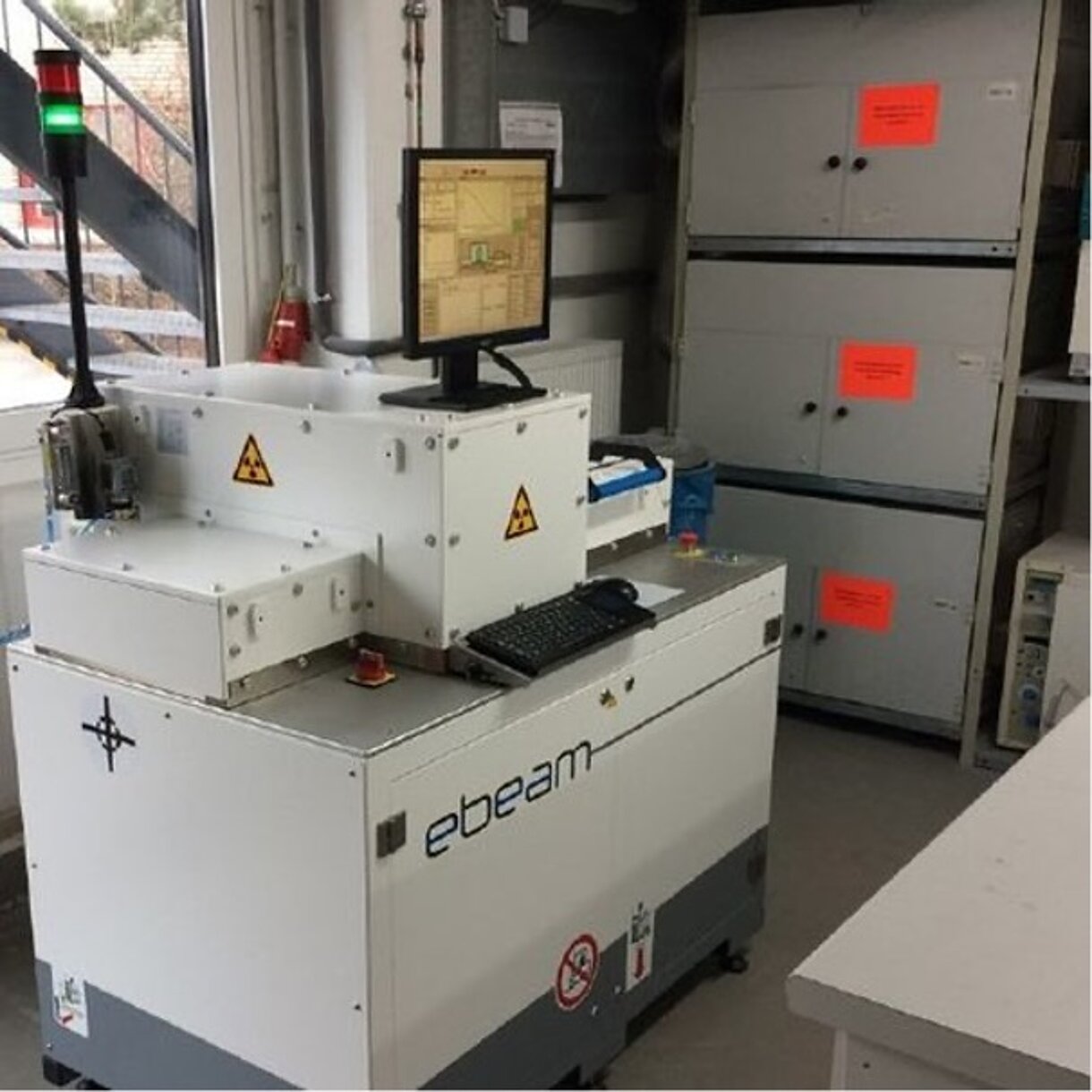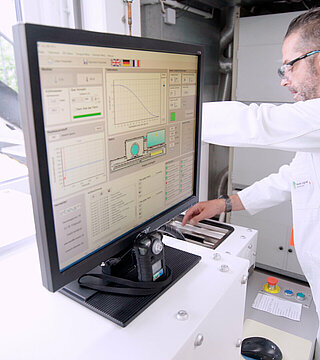Scratch-free surfaces with electron beam hardening
Durable foil coating using EBH lacquers from Hesse
Greatest possible resistance , fast systems, high coating thicknesses. This is a description of the ideal territory for EBH lacquers made by Hesse Lignal. Because Hesse EBH coatings are dried using so-called electron beam hardening (EBH; Elektronenstrahlhärtung, ESH, in German). It involves electrons being emitted onto the applied lacquer. This causes unsaturated double bonds of the binders in the lacquer to cross-link to form a durable lacquer layer.
The electron beam hardening procedure is mainly used in the coating of foils , but also when coating wood and wood-based materials, such as doors. The EBH process has many advantages compared to conventional UV-hardened lacquers and is recommended for many sectors.
The advantages at a glance
Strong, rapid and insensitive coatings using electron beam hardening
-
Better scratch resistance
-
Significantly lower warming of the substrate
-
Stronger complete curing
-
Improved stain resistance
-
Faster throughput times
-
There are no limits to strong pigmentations
-
The coating can be formulated without photoinitators
How does EBH technology work?
What makes electron beam hardening so special?

How does EBH technology work?
What makes electron beam hardening so special?
Hesse EBH lacquers are dried using so-called electron beam hardening (EBH; Elektronstrahlhärtung, ESH in German). Our in-house EBH facility in the Hesse Technical Centre is available for trials involving the EBH process, and for the development of new lacquers. We’re also happy to collaborate with you on the perfect formula for your product. Our experts will be happy to help you.
Electron beam hardening activates the double bonds present in the lacquer. The subsequent reaction results in the formation of the polymer matrix. As a radical chain reaction, this type of hardening is very rapid. The advantage over the more commonly used hardening by means of UV light is the greater depth of penetration into the substrate . This means that higher and also coloured layers can be produced with fewer operations.
Another advantage is the elimination of photoinitiators. No further chemicals are required, since the free electrons directly perform all that’s required. Which is good for the environment and those involved in the processing.
Contact partner


Conrad
